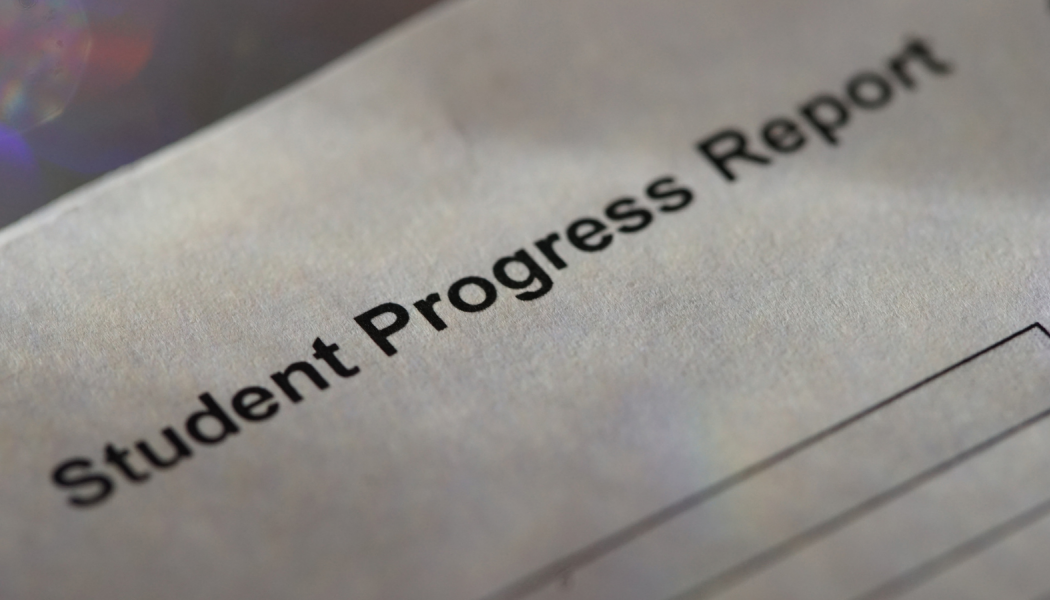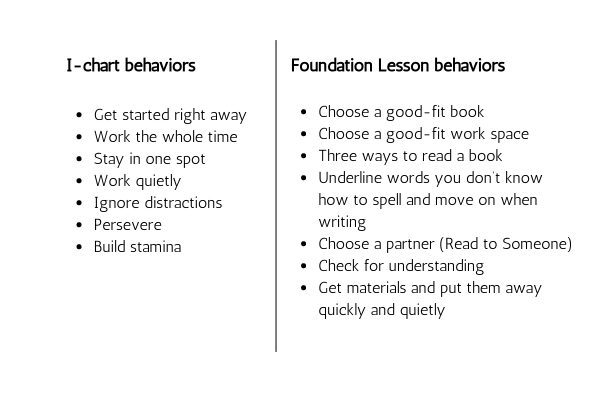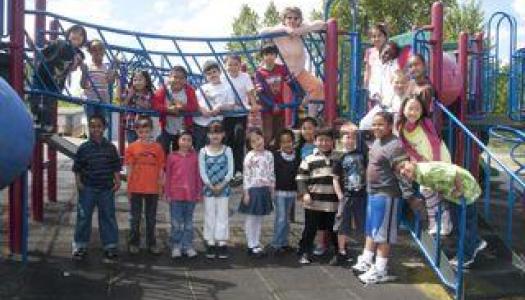Commenting on Progress Reports . . . What Do I Say?

Join Our Community
Access this resource now. Get up to three resources every month for free.
Choose from thousands of articles, lessons, guides, videos, and printables.
Report cards, progress reports, grade cards . . . Regardless of the term used, all educators are familiar with the formal report sent home at set times throughout the year to inform parents and guardians about their child’s progress. And most educators are familiar with the feelings associated with preparing and sending these reports. We want to share all the wonderful things we see and the progress made while also sharing areas where there is room for growth, and next steps. So much to share, so little space. How can we best say what we need to say so it is positively received? Where do we start?
This process has become less difficult for us since we started using the conferring notebook. Since we take note of student goals and development throughout the year, we have the information needed. Using the CAFE Menu and comments from our notes, we are able to describe grade-level academic achievement and next steps. Here are some examples:
- Continued practice checking for understanding at the end of each page will help _________ increase comprehension and stay engaged in the books he reads. Remember to ask “who” and “what,” and reread when the answer is not clear.
- _________ consistently knows 75 percent of first-grade sight words. Daily reading and practice will help her continue to increase both her accuracy and her fluency.
- _________ has recently worked to use words from his word collector in speaking and writing. Continue to use the word collector as a tool for finding and using new words.
When it comes to behavior, we look to the Daily 5 I-charts, behaviors at the bottom of the CAFE Menu, or the foundation lessons of Daily 5.
Here’s an example:

These behaviors become reinforcing comments about positive behaviors displayed during the year:
- During the literacy block, _________ gets started right away and works the whole time. She is able to ignore distractions, and her reading stamina is over 20 minutes.
- _________ works independently with success. He successfully chooses good-fit books and can articulate how he knows a book is right for him.
- _________ has a good understanding of herself as a reader as shown through how quickly she is able to find good-fit space to read and gets started right away. She is a voracious reader and is enthusiastic as she shares about the books she reads.
We can also incorporate those behaviors into suggestions for areas of growth:
- During the literacy block, _________ consistently gets started right way. As his stamina grows and he is able to work the whole time, his reading volume will increase.
- _________ is able to find many books of interest that fit her purpose, and as a result is motivated to read. A continued focus on choosing books that match her level for readability and comprehension will help to increase her engagement.
- _________’s ability to get started right away and work quietly helps with his stamina building. A focus on ignoring distractions and persevering when they exist will help _________ find success with increased stamina in the future.
Although the CAFE Menu, foundation lessons, and literacy I-chart behaviors may not be all-encompassing, we find they are a good place to start when providing feedback that is both useful for next year’s teachers and informative for a child’s caregivers.






